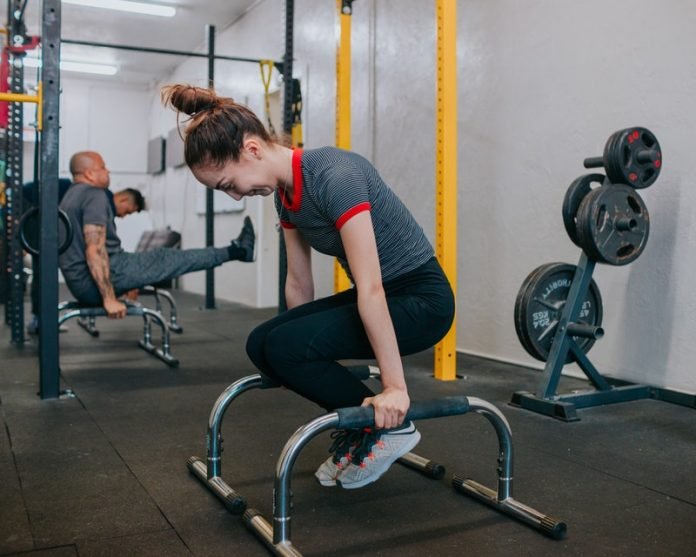
In a new study, researchers found vigorous physical activity one or two times a week is linked to the lowest death rates in patients with stable coronary artery disease.
The findings come ahead of World Heart Day on 29 September, which highlights that cardiovascular disease is the world’s number one killer, causing 17.9 million deaths a year.
The research was conducted by a team from the University of Ferrara, Italy.
It is common knowledge that exercise is healthy for heart patients—but how often and at what intensity is controversial.
This analysis of the CLARIFY registry examined these questions.
In addition, since most heart patients do little exercise, the study examined the most important determinants of physical activity.
The team enrolled 32,370 outpatients with stable coronary artery disease from 45 countries in Africa, Asia, Australia, Europe, the Middle East, and North, Central, and South America who were followed up for five years.
Patients were divided into four groups according to self-reported physical activity at the inclusion visit: sedentary (16.1 percent), only light physical activity most weeks (51.4 percent), vigorous physical activity once or twice per week (16.8 percent), and vigorous physical activity three or more times per week (15.7 percent).
The team found compared to the light activity group, patients who did the vigorous exercise one or two times per week had the lowest risk of heart problems and stroke.
More frequent activity did not lead to further benefit. Sedentary patients had the highest risk of heart problems and stroke.
The team says the optimum level of exercise is achievable in almost all patients with stable coronary artery disease worldwide—but was only reached in one-third of participants in the study.
Walking once or twice a week at a pace that causes shortness of breath or a raised heart rate is all that’s needed.
The lead author of the study is Dr. Simone Biscaglia of the University of Ferrara.
The study is published in the European Journal of Preventive Cardiology.
Copyright © 2019 Knowridge Science Report. All rights reserved.



